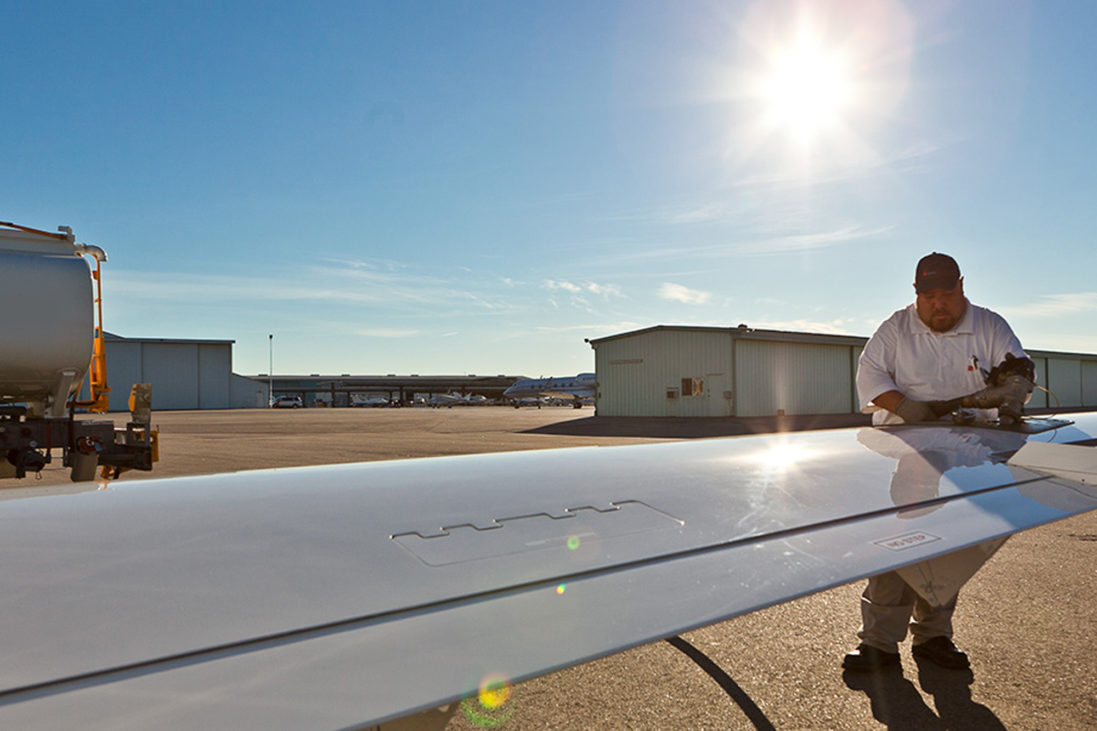
July 26, 2019
As the global aviation industry grapples with the risk of diesel exhaust fluid (DEF) contamination in jet fuel, the Energy Institute (EI), an international energy industry organization, recently issued new recommended practices for handling chemical fuel additives.
Based in London, EI represents 250 energy companies and more than 20,000 individuals working in the global energy industry. The organization has issued a report titled “EI 1538: Handling of Fuel System Icing Inhibitor and Aviation Fuel Containing Fuel System Icing Inhibitor at Airports, 1st Edition,” which offers guidance to EI members working with these additives and to avoid the risk of inadvertent cross-contamination.
Due to the severity of this issue, the group made this report available to NBAA members.
NBAA members may log in to review the Energy Institute Report
“We’re grateful for the Energy Institute’s support to educate and inform FBOs, aircraft fuelers, operators and other stakeholders about the dangers of DEF contamination,” said Mark Larsen, NBAA senior manager of safety and flight operations.
Used to reduce particulate emissions from diesel-powered light- and heavy-duty ground vehicles, DEF is a colorless liquid that may be confused with fuel system icing inhibitor (FSII), an additive often mixed with Jet A at the fueling truck. When added to jet fuel, DEF crystalizes and clogs fuel systems leading to engine failure. At least three such incidents have occurred in the U.S. over the past three years, all involving business aircraft, and Larsen noted reports of similar incidents worldwide.
The EI guidance compliments a June 2019 report issued by the Aircraft Diesel Exhaust Fluid Contamination Working Group, of which NBAA is a member, to mitigate the possibility of DEF contamination in jet fuel. The FAA has also issued a safety alert for operators and two special airworthiness information bulletins in 2018 and 2019 addressing the risk of DEF contamination, and the Office of Airport Safety and Standards sent a letter to airports providing further background and recommendations.
Larsen noted that NBAA and other stakeholders are in discussions with officials at the Environmental Protection Agency and FAA on additional measures to reduce or eliminate the risk of DEF contamination. “We’re continuing our efforts to identify ways to limit the need for DEF in airport equipment in order to minimize the exposure to this hazard, thereby mitigating its risk,” he concluded.


 International Business Aviation Council Ltd.
International Business Aviation Council Ltd.